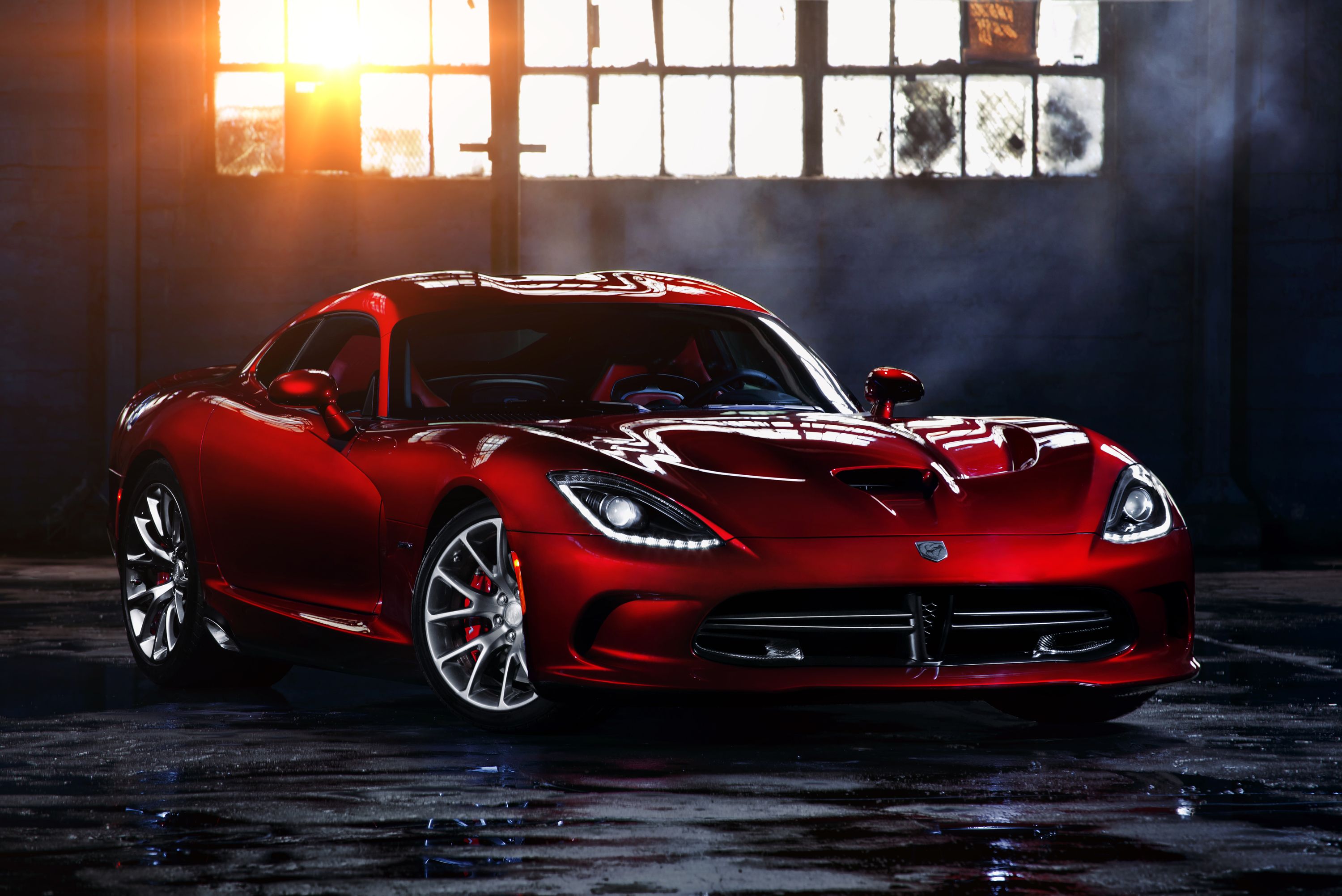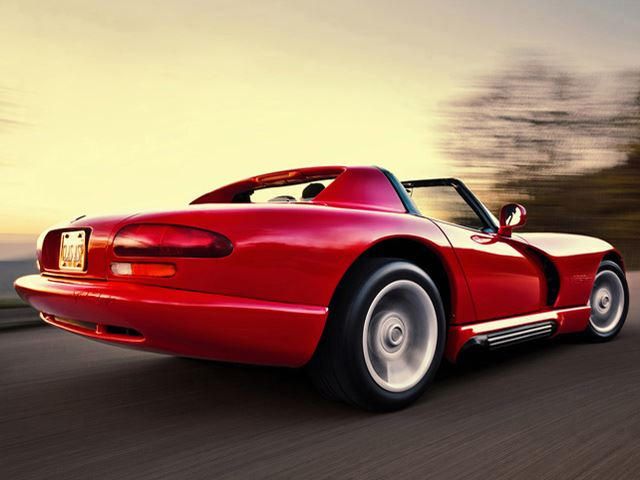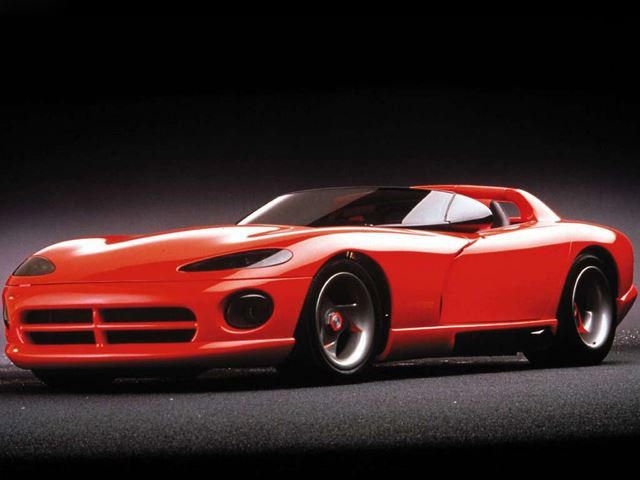Dodge had lost its cool. Plain and simple. Then-CEO Lee Iacocca understood that, as did Baby Boomer Mopar fans who once flocked to the brand in search of horsepower in the late 1960s and early 70s. Although Iacocca saved Chrysler from destruction by introducing the extremely successful K-Cars and the minivan, he knew he needed a halo model. After all, he understood better than anyone the importance of an enthusiast image; he was previously responsible for that Carroll Shelby-Ford Mustang marriage. And so began the Dodge Viper.
Now that Chrysler has all but made the official announcement that Viper production will end come 2017, we thought this is the ideal time to look back on the car that made the automaker cool once again. The first Viper prototype appeared in 1989 at Detroit and the crowds were mesmerized. Designed by Tom Gale with direct involvement from both Iacocca and Shelby, the idea was a back-to-basics, high-performance sports car for enthusiasts. Its rounded styling influences came from Jaguars and the Cobra. And like those AC-based, Ford V8-powered Shelby Cobras, the fiberglass-bodied Viper was meant to be raw and somewhat unrefined. It needed to be different in order to stand out from the likes of the Corvette.
Instead of a V8, Chrysler took advantage of something awesome: its ownership of Lamborghini. A V10, originally designed for trucks, was reconfigured by recasting the block and heads in aluminum alloy. With Lamborghini's help, the finished engine had a displacement of 8.0 liters and a total of 400 hp and 465 lb-ft of torque. The sole gearbox? A six-speed manual. By 1991, the first pre-production Viper was ready to go, and it debuted at that year's Indianapolis 500. Originally, the Dodge Stealth was supposed to be the pace car but due to issues with the UAW, who didn't want the Japanese-built Stealth to have that kind of attention, the Viper was brought in instead.
Honestly, it should have been the Viper all along. Not surprisingly, the public continued to be enthralled by what Dodge had created. The 1992 Dodge Viper RT/10, sold as a roadster only, was the complete opposite of the all too common Caravan and Shadow. It brought people back over 20 years to Mopar's glory days. Having Shelby on hand certainly didn't hurt, despite his former association with Ford. The Viper featured an all-independent suspension mounted to a tubular steel chassis. Performance wise, the Viper delivered the goods. 0-60 mph in 4.6 seconds, 0-100 in 9.2 seconds, a quarter-mile sprint time of 13.2 seconds at 107 mph, and a top speed of around 180 mph.
By comparison, the standard C4 Corvette was no match, only the supercar killing ZR-1, known as "The King of the Hill," was considered a rival. But the Viper was still quite different. For example, the ZR-1 came with traction control and anti-lock brakes. The Viper had neither. In fact, it didn't receive traction and stability control until 2013 when the third generation model launched, and that was only because the federal government required such systems. Without ABS, the '92 Viper instead required huge disc brakes: 13-inch up front and 12-inch in back. One had to stop somehow. Test reviews at the time compared the Viper as a "continuation" Cobra 427SC, which Shelby was then building.
Criticisms? There were some. The most common complaint was its sound. One review claimed "the Viper sounds oddly like a UPS truck up to 3,000 rpm, then it just roars like God's own Dustbuster." The side exhausts, although they looked ridiculously cool, made the cockpit get very hot. Air conditioning wasn't even offered until the following model year. So, the 1992 Dodge Viper was ludicrously impractical and, not to mention, expensive. Base price was $55,630, or about $94,400 with today's inflation rate. Dodge didn't dramatically change the Viper for the first time until 1996. But it was this first Viper that returned Dodge to the world of being cool.



